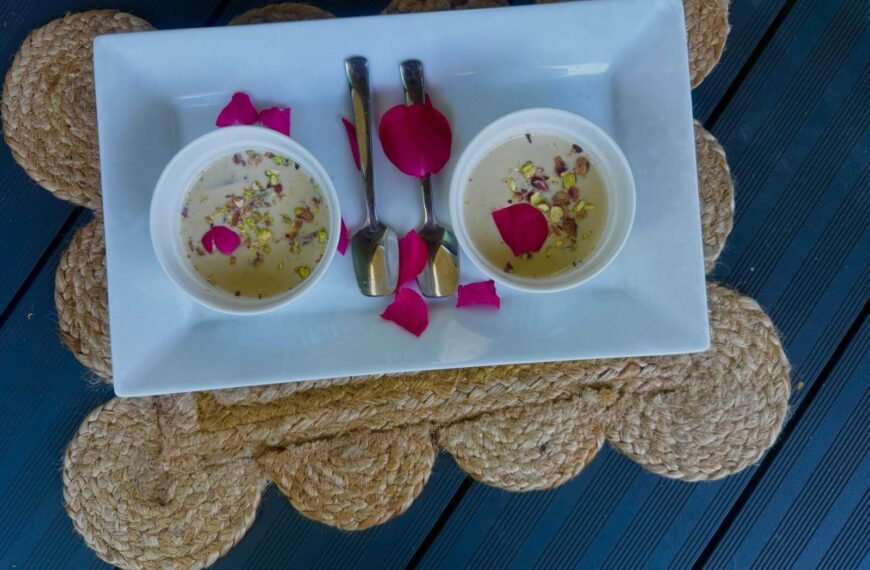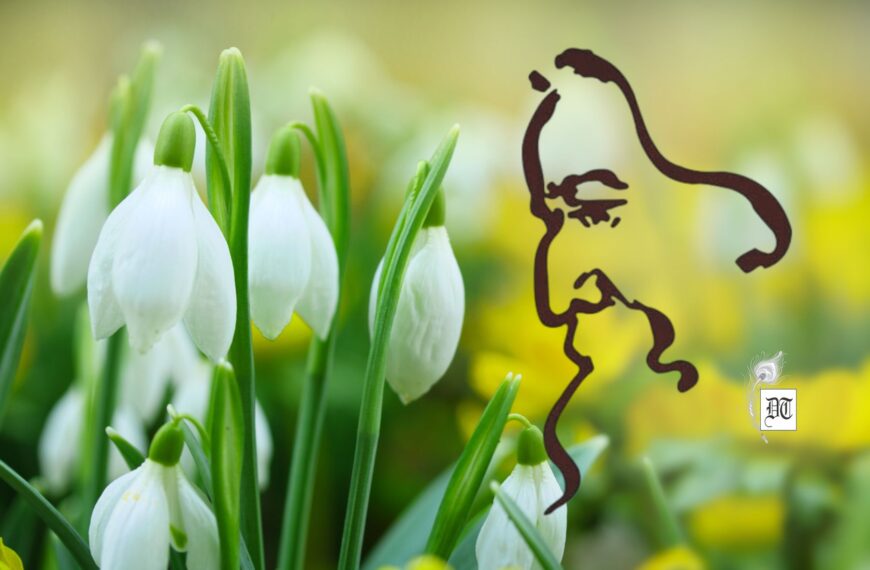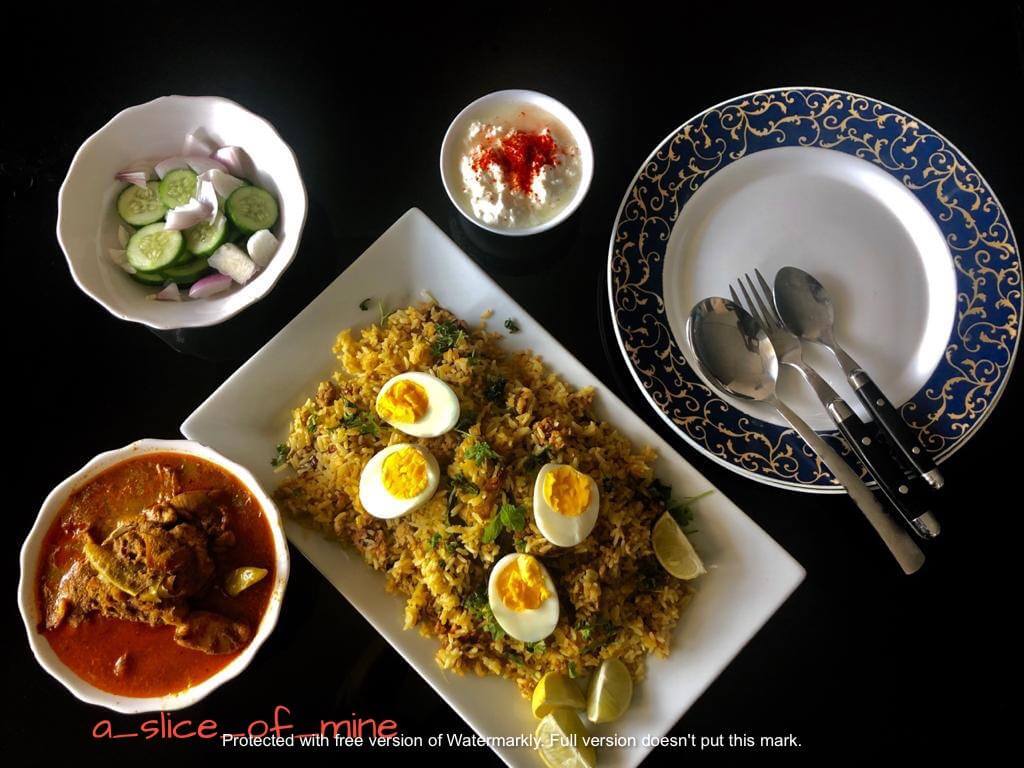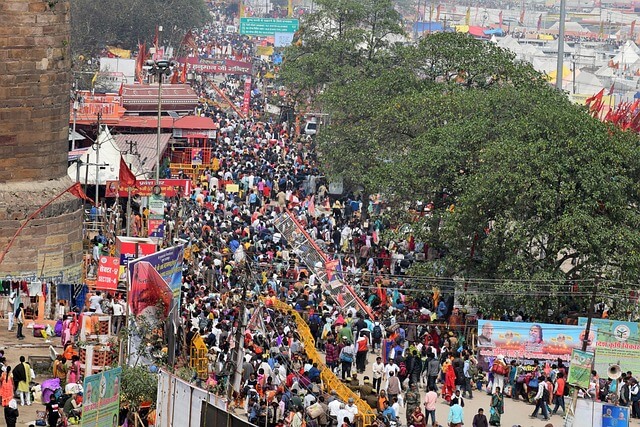Bijoya Dashami and Lokhi Puja are times when family and friends meet each other. Sweets are offered. While some sweets are bought, Sandesh, Narkel Nadu (Coconut Laddoo) and Nimki (Namkeen or Matri) are traditionally homemade goodies. Sarika shares two traditional Dashami and Kojagori Lokhi Puja recipes, in the weekly column, exclusively for Different Truths.
My most favourite month of the year is October; so also autumn. It is one of the beautiful months when the rain stops (mostly), evenings are very romantic most importantly it fills with festivity. It is also called fall.
During my London days, the arrival of October meant it turned into reds, oranges. As Tagore mentioned foliage has its own language, “Let life be as beautiful flowers and death as beautiful as autumn leaves.”
It also one of the most awaited month for the Bengalis, the way December is for Londoners. It is Durga puja. After the four days of fun, feasting, new dresses, sweat, food, push and jostling around, it is time to bid adieu to the Goddess Durga, the last day of the puja, Vijaya or Bijoya Dashami.
Dussehra is the celebration of Lord Ram’s slaying of the demon King Ravana after 10day-battle that falls on Vijaya Dashami. I was born and raised in a small town. My hometown hosts Ramleela every year, which continues for a month, and the day of Dussehra is one of the important days. There’s a big carnival on the same day and all the idols one by one immersed in the waterbodies. Devotees catch the last glimpse of their favourite idols for the last time until next year. And in between people shout the bitter-sweet slogan, “Aache bochor abar hobe”, with an anticipation of the homecoming of the deity in the years to come.
And then it is the time to greet each other and get blessings from elders. Baba used to buy packets of sweets while returning home and maa prepared Nimki, Nadu and Sondesh. Now times have changed, I am far away from my parents, so I receive their blessings through phone or Skype and I also tell them, “Tomra Amar Biyoya pronam niyo” [please accept my Bijoya pranam (feet of elders are touched in reverence)].
May Maa Lokhi bring prosperity to your homes. Subho Bijoya to all of you.
Am sharing the recipes for Narkel Nadu (coconut laddoo) and Nimki.
Coconut Laddoo
Total Time: 30 mins
Ingredients
3 cups coconut (freshly grated)
1.5 tbsp. ghee (clarified butter)
¾ cup jaggery (grated, as per your taste)
¼ tsp Cardamom powder
Desiccated coconut.
Method
Heat ghee in a non-stick pan.
Add grated coconut in it. Fry for few minutes until it turns golden brown colour.
Add the grated jaggery in it and mix well. Let it simmer for some time.
Add cardamom powder.
Sauté it properly and combined nicely to the point it turns bit thick.
Keep it aside to cool down.
When the mixture is warm and we may manage to roll these in our palms to make desired shape balls out of it.
Serve and Enjoy!
Nimki (Mathri or Namakpara)
Total Time: 30 mins
Ingredients
Maida1 cup
Salt1/2 tsp
Nigella seeds (kalaunji/kalo jeera)1/2 tsp
Oil 2 tsp
Water1/3 cup or as required
Method
1. In a large mixing bowl sieve the maida flour (refined flour).
2. Add salt, nigella seeds and oil in.
3. Start kneading dough for nimki, start adding little water at a time.
4. Knead the dough, make sure the dough should be a bit soft.
5. Once kneaded keep the dough aside to rest for 15 mins.
6. Now divide the dough into equal size balls.
7. Take a maida dough ball on rolling board and roll it out.
8. Now using a knife or pizza cutter cut into 1.5-2cms. long strips, about 0.5-1cm. wide.
9. Fry the maida nimki, heat oil in a kadhai.
10. Once the oil is ready add the slices of nimki into oil gently and deep fry it.
11. Fry the nimki until it becomes golden in colour.
12. Once fried, take the nimki out and place it on kitchen towel or paper for soaking extra oil.
13. The crunchy nimki is ready.
©Sarika Sarkar Das
Pix by author.






 By
By

 By
By